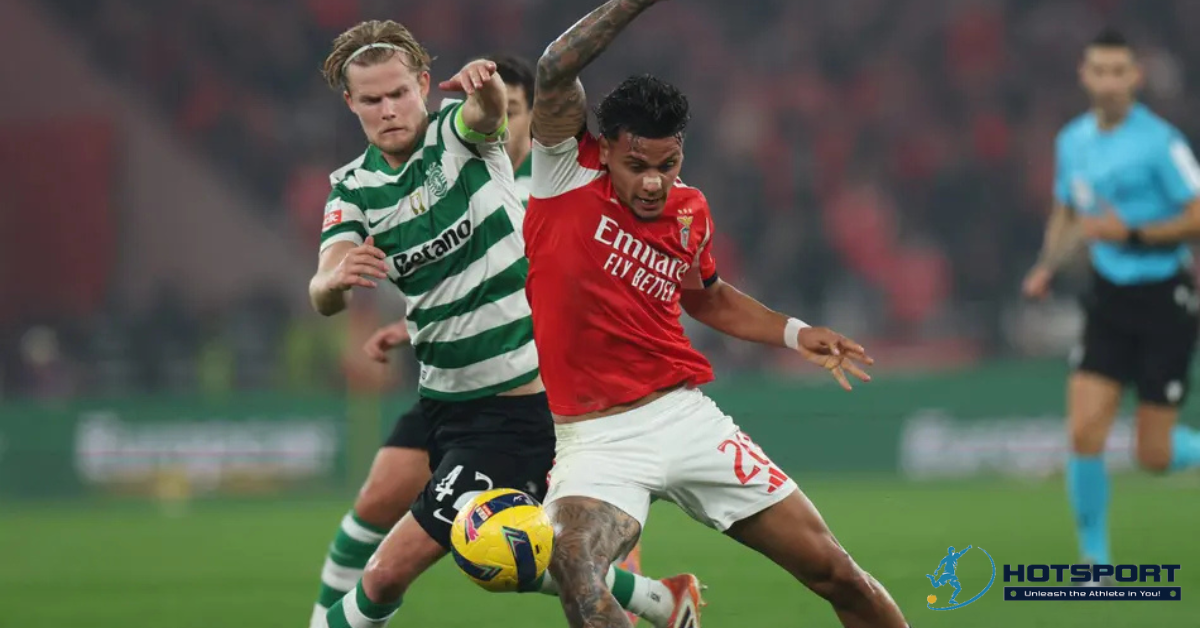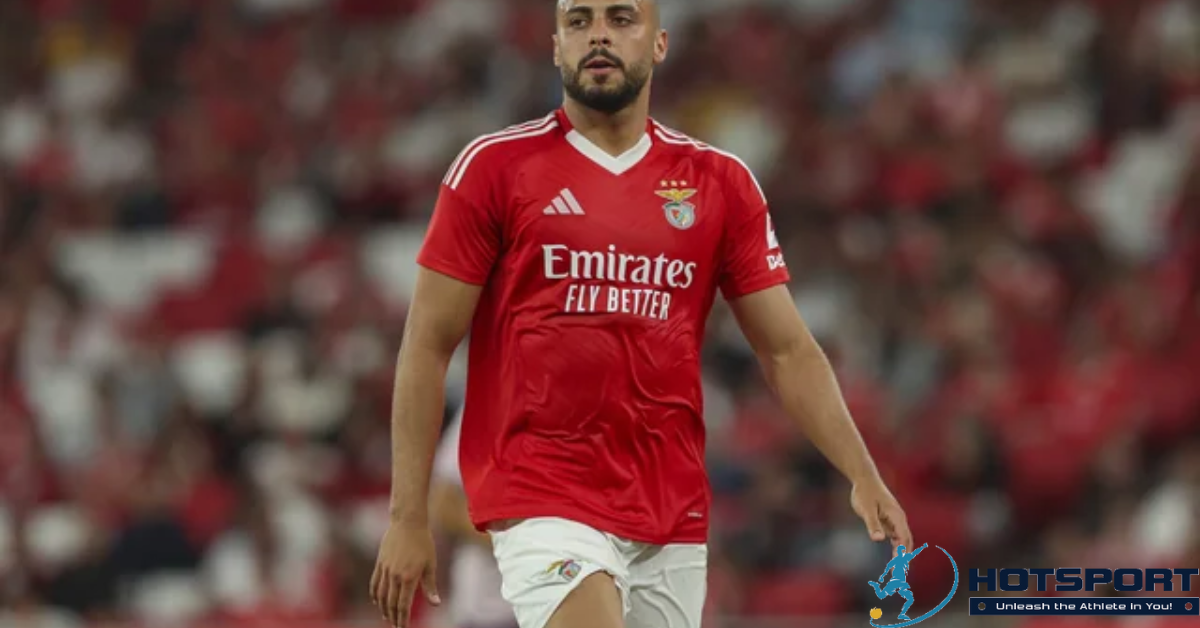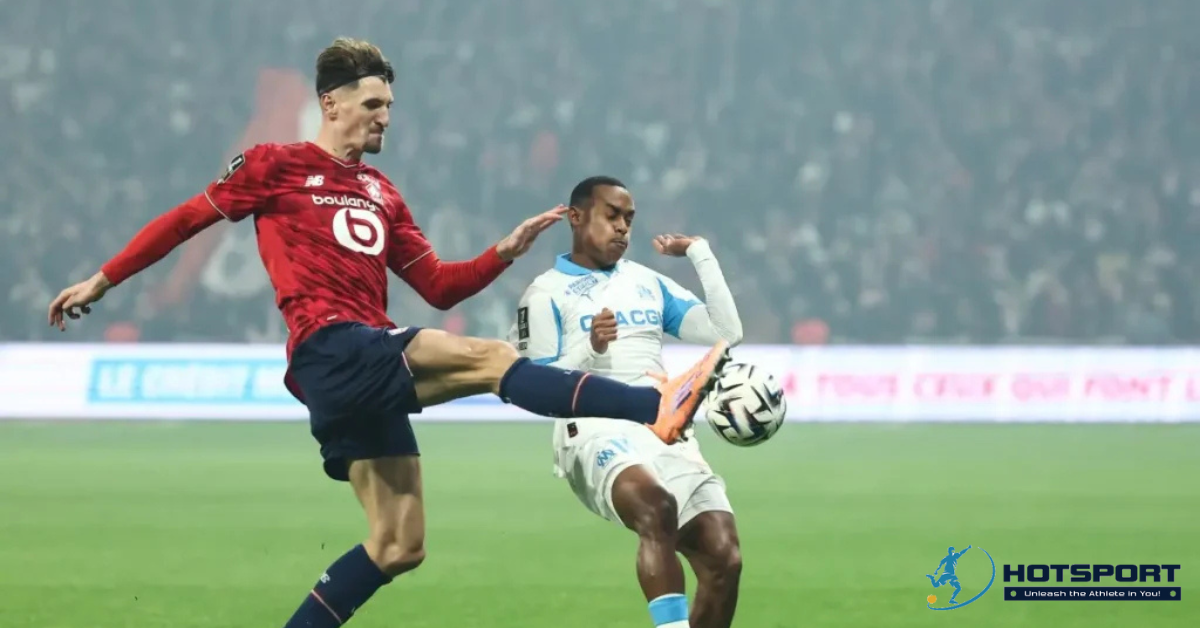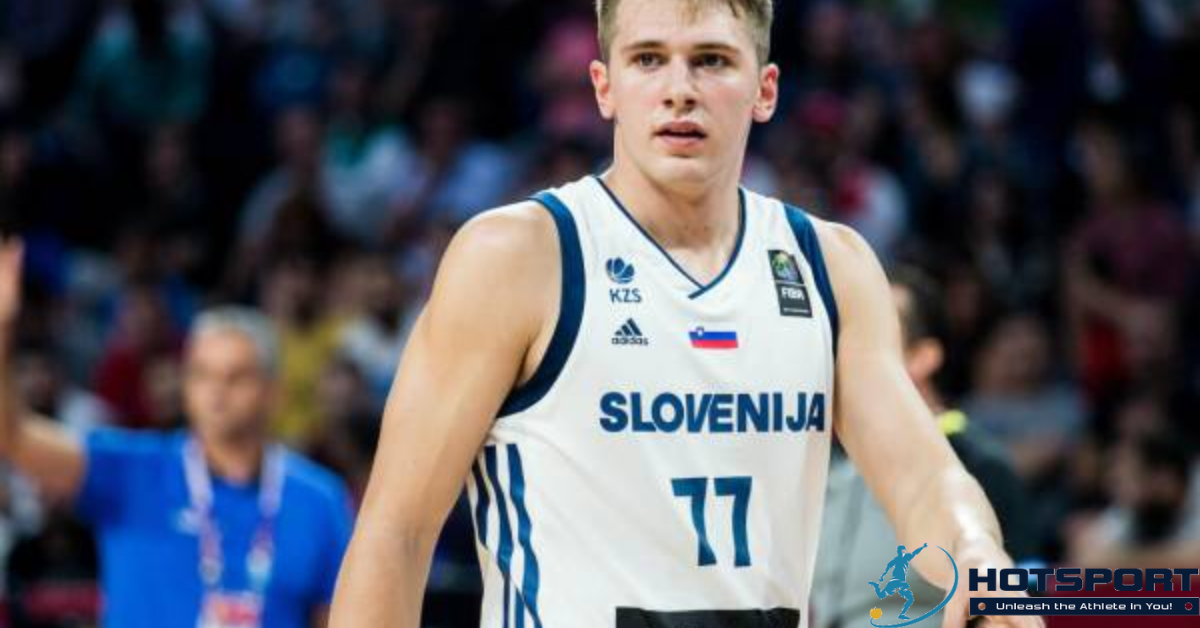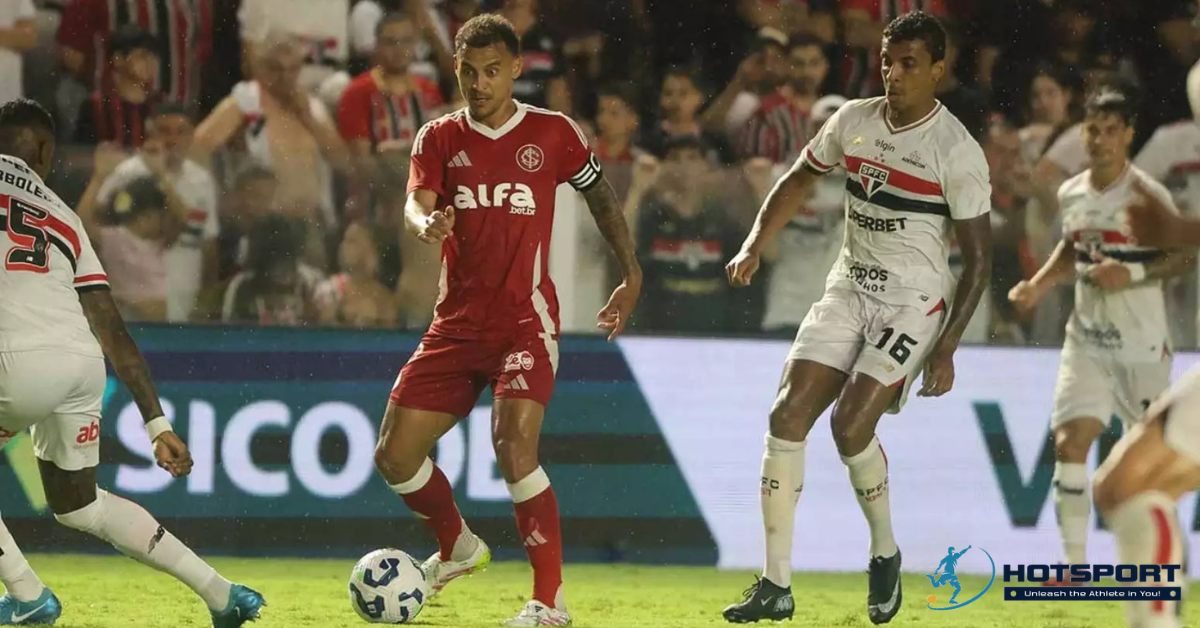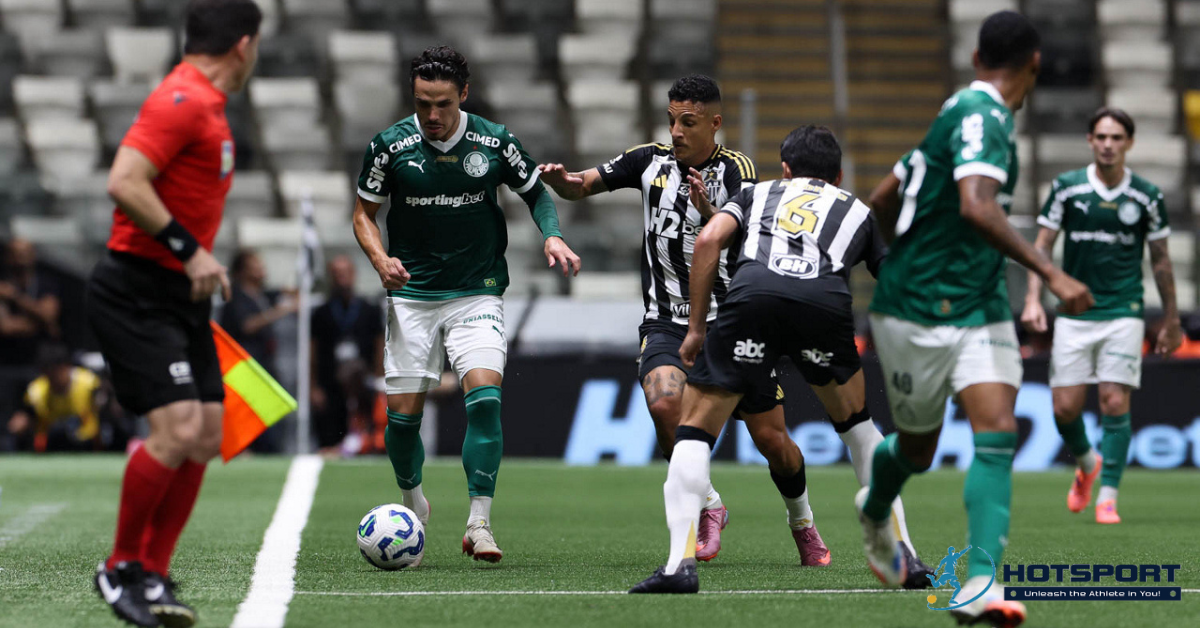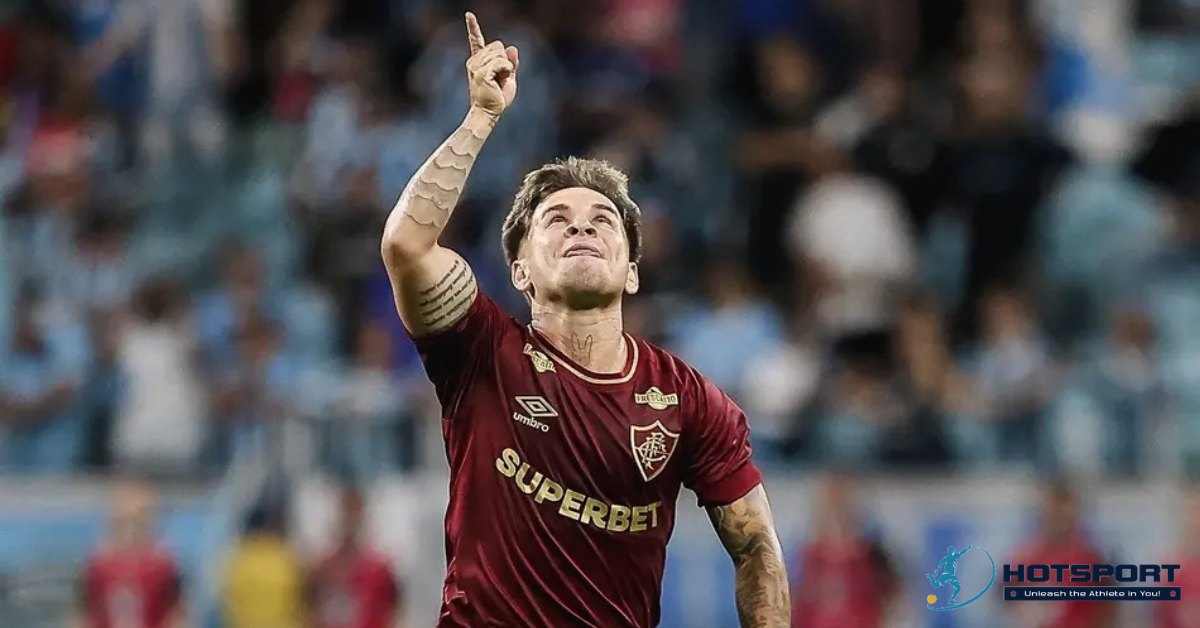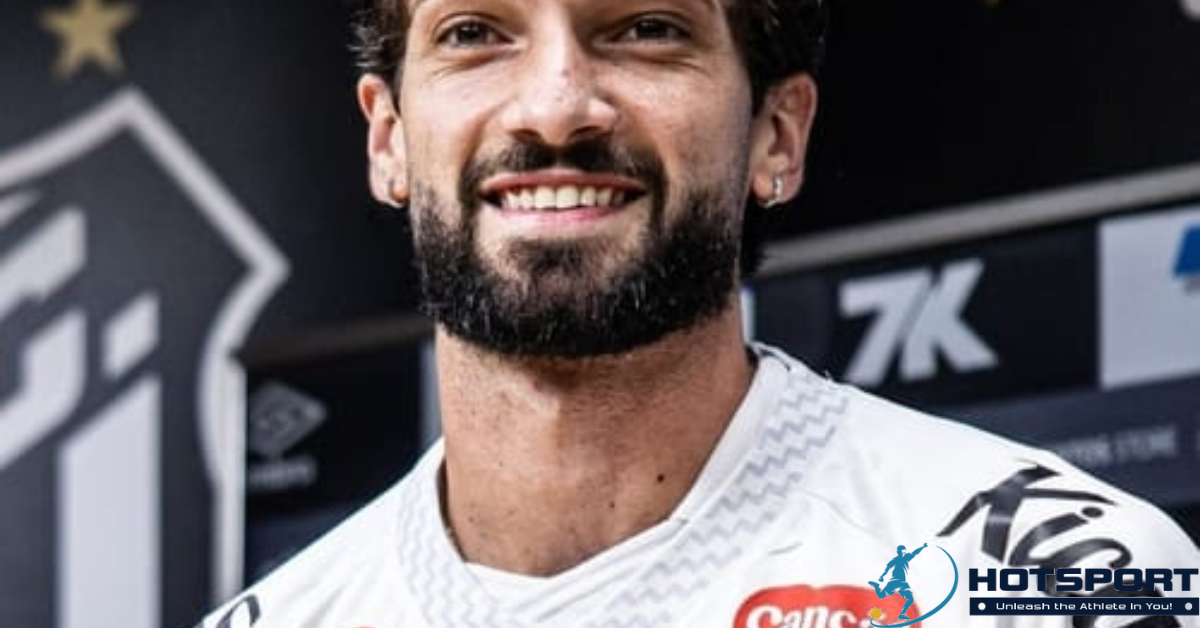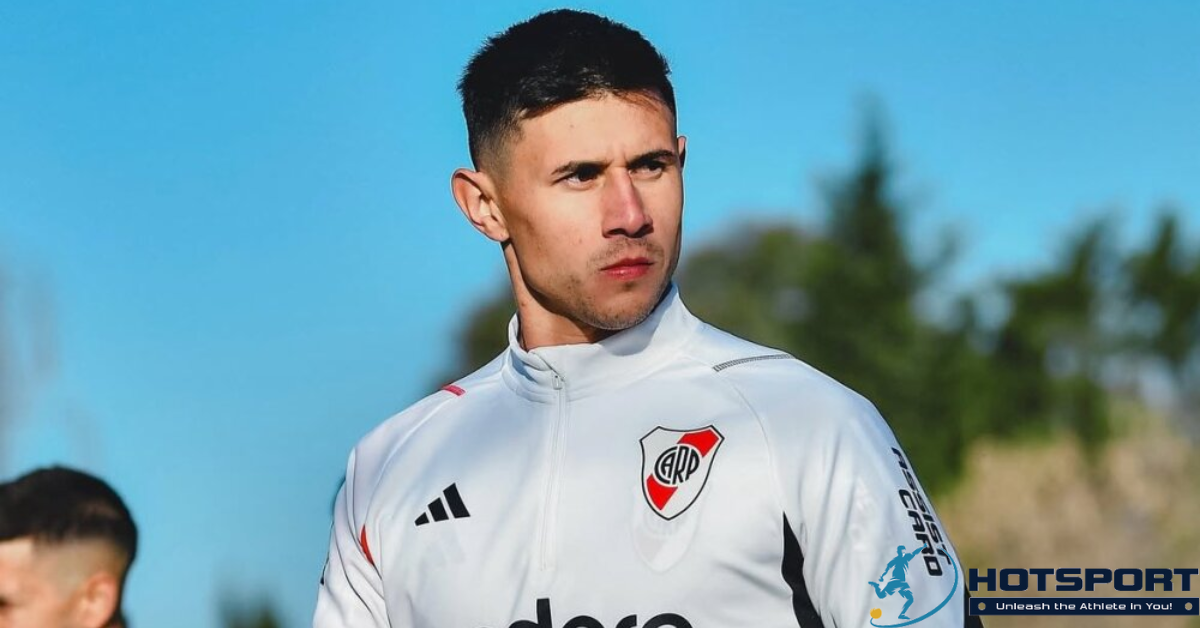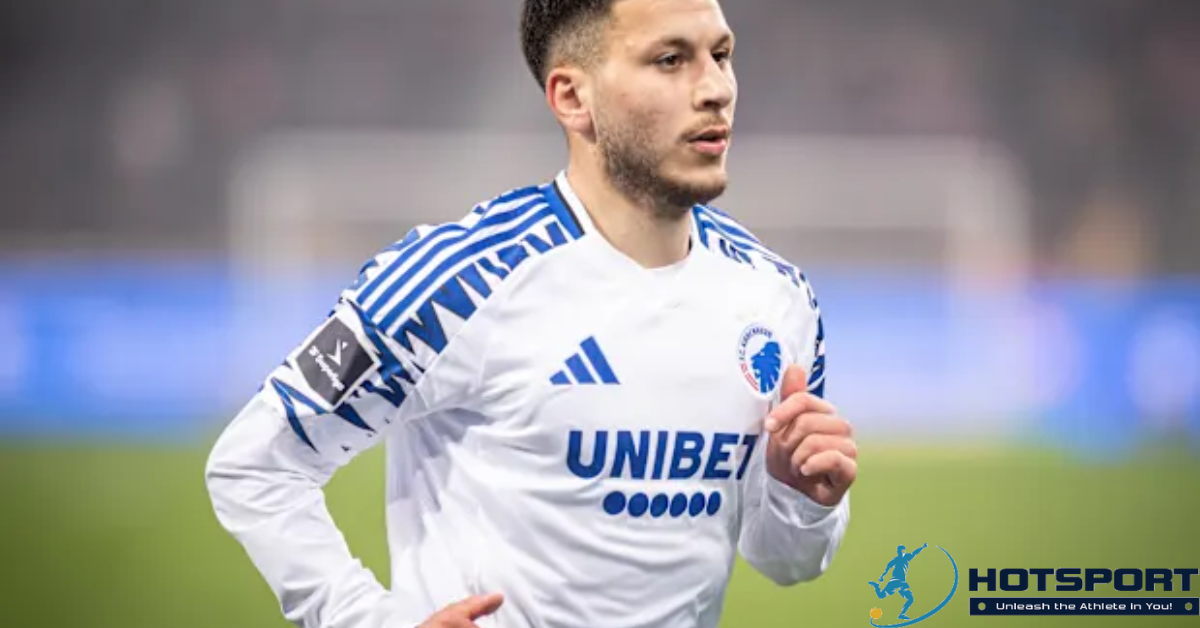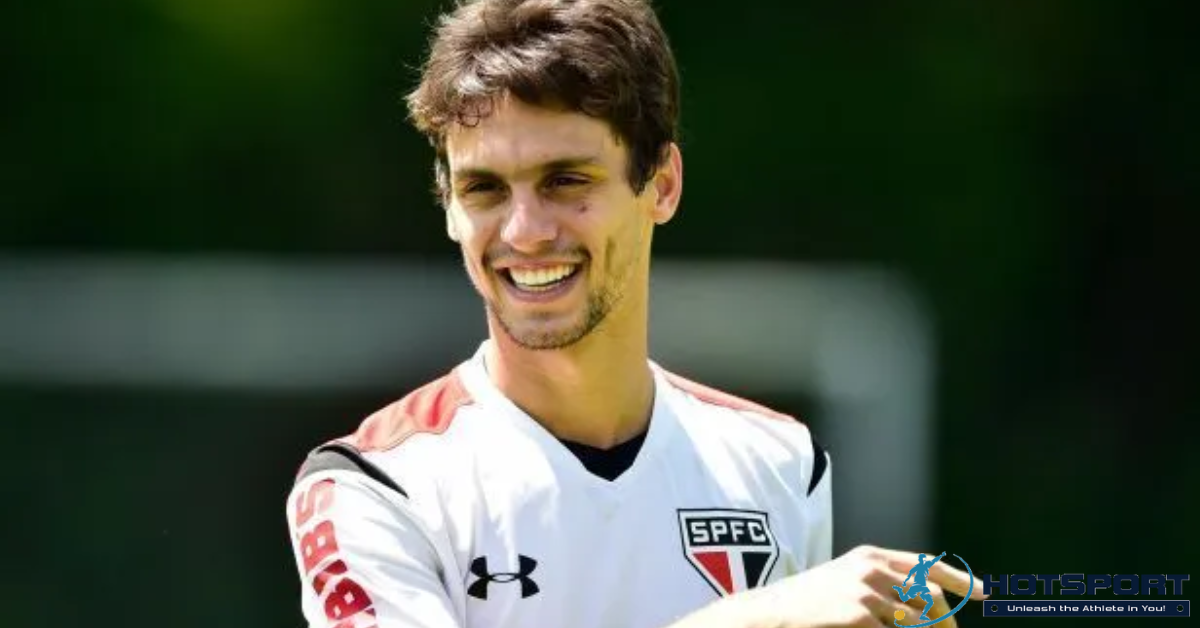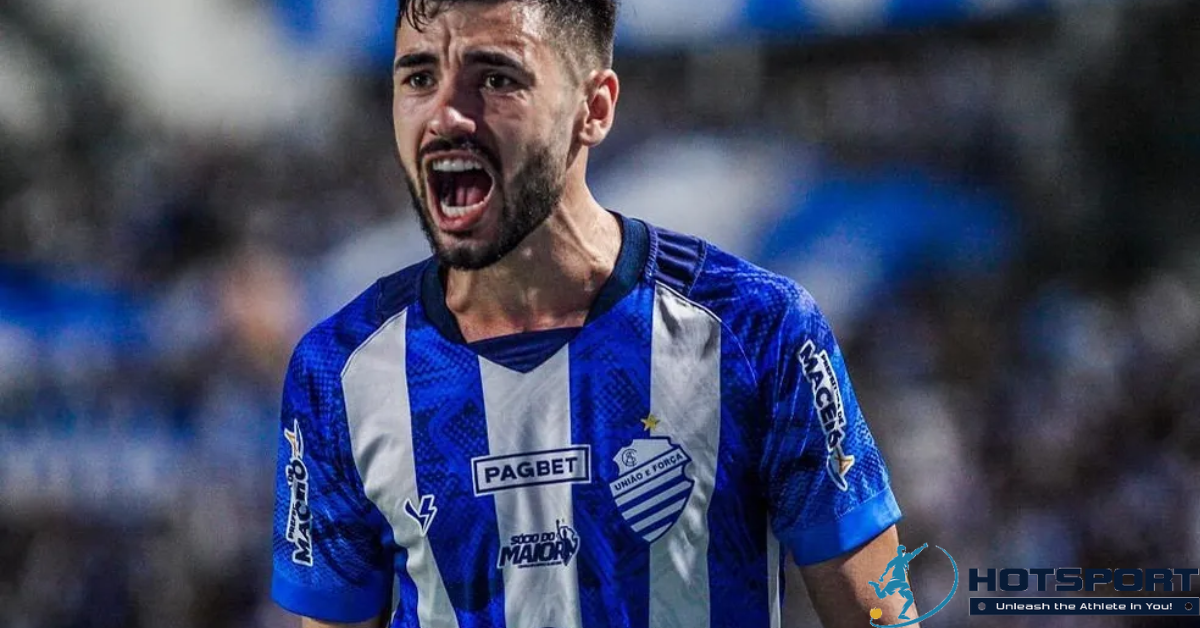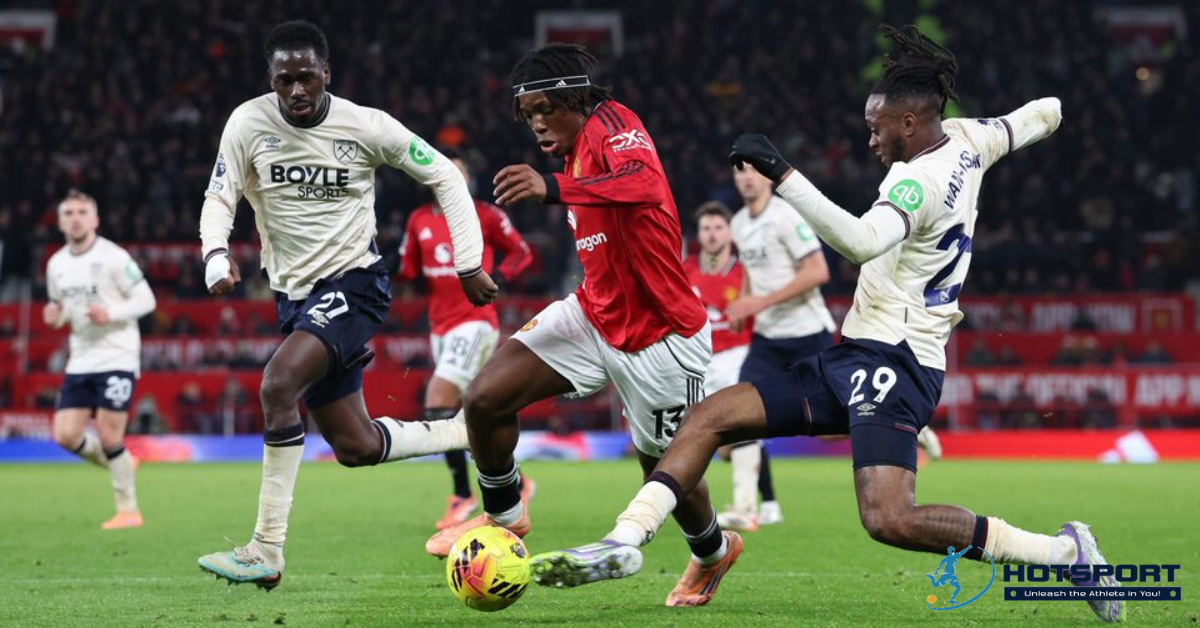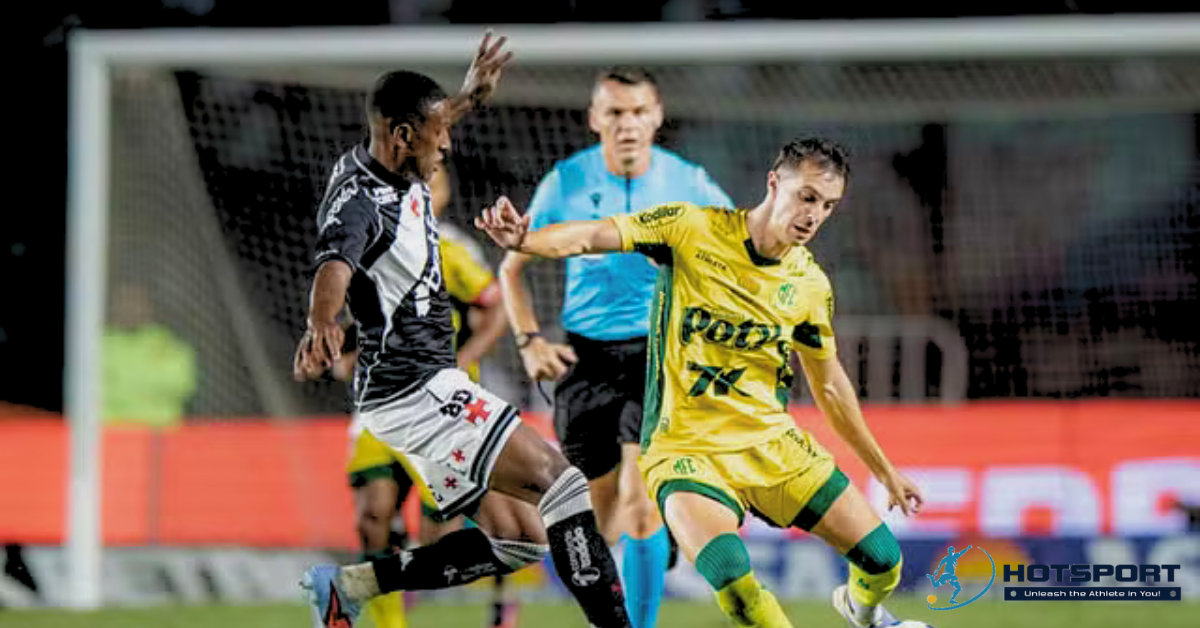Gui Santos, the 23-year-old Brazilian forward, has become one of the most inspiring figures for basketball fans in Brazil. With his on-court versatility and off-court determination, he represents not only national talent but also the relentless drive of someone who dares to dream big. Born in Brasília, Gui forged a path that took him from local courts to stardom in the National Basketball Association (NBA), where he now plays for the Golden State Warriors. His story is one of overcoming obstacles, family, and pure love for the game—and in 2025, he continues to evolve, proving that Brazilian basketball has plenty to offer the world.
This article traces Gui Santos’ steps from childhood to his most recent career highlights. From a kid raised in a family of athletes to a fully established professional in the planet’s most competitive league, his journey motivates young athletes across Brazil.
Childhood and Early Days: Family Roots in Brasília
Guilherme Carvalho dos Santos, known as Gui, was born on June 22, 2002, in Brazil’s federal capital. Growing up in Brasília meant being surrounded by a vibrant sports culture, but it was his family legacy that truly planted the seeds of his passion for basketball. His father, Deivisson Santos, played professionally for five seasons in the Novo Basquete Brasil (NBB) with teams like Brasília and Uberlândia. His mother, Lucineide, was also a basketball player. It’s no surprise that Gui’s younger brother, Eduardo, is following the same path—he started at Minas Tênis Clube, moved to Corinthians, and has already represented Brazil’s youth national teams.
From an early age, Gui absorbed basketball values. “My dad taught me the importance of training hard, even on bad days,” he recalled years later. At age 10, he was already practicing on courts in Gama, a working-class neighborhood in Brasília where equipment was scarce but the hunger to learn was huge. He stood out for his agility and court vision—traits that set him apart from his peers. At 14, he joined the youth academy of Minas Tênis Clube in Belo Horizonte, a move that marked the beginning of his professional development.
Those early years weren’t all glory. Gui dealt with minor injuries and the pressure of adapting to a new city far from family. But it was at Minas that he learned the value of discipline. Daily training sessions, gym work, and school alongside basketball shaped not only his 2.02 m, 100 kg frame but also his mindset. “Basketball taught me resilience,” he reflects. That family foundation and the early challenges at Minas were crucial for what came next.
Rise in Brazilian Basketball: From NBB to the National Team
In 2018, at just 16, Gui made his professional debut with Minas during the 2018-19 NBB season. In his very first year, he became a starter, displaying remarkable maturity. His early numbers—averaging 10 points and 5 rebounds per game—caught the eye of international scouts. Minas, one of Brazil’s most traditional clubs, proved the perfect platform for his growth. In two years, Gui went from prospect to key piece, helping the team reach the playoffs.
A major milestone came in April 2021 when he was selected to the World Team at the Nike Hoop Summit, an event showcasing the best young global talents. Playing alongside future stars, Gui dropped 15 points and dished out precise assists, proving his versatile style—capable of shooting from deep or driving to the rim—could compete anywhere.
At the same time, Gui represented Brazil in youth international competitions. In 2019, at the FIBA South American U17 Championship in Chile, he dominated the final against Argentina with 27 points to secure gold. That title wasn’t just a team achievement; it was the moment Gui realized he could compete at the highest level. His senior national team debut came during qualifiers for the 2022 AmeriCup, where he brought defensive energy and timely shooting.
In the NBB, Gui racked up individual awards and helped Minas reach semifinals. His ability to play multiple positions—small forward or power forward—made him unpredictable. But Brazil was still a springboard. Gui dreamed of the NBA, and in 2022, that dream began to take shape.
The American Dream: NBA Draft and Arrival at the Warriors
2022 was a transformative year. In the NBA Draft held in July, Gui was selected by the Golden State Warriors with the 55th overall pick, becoming the 19th Brazilian ever drafted. It was a moment of national pride: after legends like Oscar Schmidt and Leandro Barbosa, Gui represented a new generation. “Being here is a dream I’ve chased since I was a kid,” he said upon being drafted.
Right after the draft, Gui played in the Las Vegas Summer League with the Warriors, averaging 12 points and 6 rebounds while impressing with his defense and fast-break play. To gain rhythm, he was assigned to the Santa Cruz Warriors in the G League. There, he immediately stood out: in the 2022-23 season, he was selected for the Next Up Game, the G League’s all-star showcase.
His official NBA debut came in November 2023 against the Oklahoma City Thunder. In just 4 minutes, Gui scored 2 points, grabbed 3 rebounds, and recorded 1 assist—a modest but symbolic start. He shuttled between the G League (where he averaged 13.7 points, 6.6 rebounds, and 2.5 assists over 43 career games) and the main roster. On November 6, 2023, he signed a guaranteed three-year contract with the Warriors, securing the 14th roster spot and becoming the only Brazilian in the league that season.
The recent four-time champion Warriors saw Gui as a versatile bench piece. Under Steve Kerr, he learned the nuances of the modern game: spacing, team defense, and three-point shooting. Despite limited minutes in 2023-24 (23 games, 3.6 PPG), he flashed brilliance, including a monster dunk against the Lakers.
2024-25 Season: Growth and Breakout Moments
The 2024-25 season marked Gui’s consolidation in the NBA. With growing confidence, he appeared in 56 regular-season games, averaging 4.1 points, 3.1 rebounds, and 1.4 assists. His first career start came on January 15, 2025, in a tight 116-115 win over the Minnesota Timberwolves. In 21 minutes, he posted 5 points, 7 rebounds, and 3 assists, showing his all-around game.
Days later, on January 22, he set a career-high with 16 points against the Sacramento Kings. In the next game against the Chicago Bulls, he exploded for 19 points and 7 rebounds, including five made threes, in a 131-106 blowout that lit up league highlights. Those performances proved Gui was no longer just a rookie—he was a reliable option.
In the playoffs, he played 10 games, averaging 2.6 points, contributing to a strong Warriors run. Off the court, a February 2024 knee injury sidelined him for weeks, but he returned stronger thanks to a rigorous rehab program. In June 2025, the Warriors exercised their team option, keeping him for the 2025-26 season at a fully guaranteed $2.2 million (roughly R$12 million) starting January 2026.
Gui also shone for Brazil at the 2023 FIBA World Cup after being called up in August, reaffirming his commitment to the national team.
Latest Updates: 2025-26 Season Performance
The 2025-26 season started busy for Gui. In November, he was briefly sent to Santa Cruz for minutes but quickly recalled to the main squad. On November 27, he returned to the Warriors’ rotation, playing 12 minutes against the Philadelphia 76ers and scoring 4 points.
The highlight came on December 6, 2025, in a hard-fought 99-94 win over the Cleveland Cavaliers. With the team short-handed due to injuries, Gui came off the bench and dropped 14 points, including clutch free throws in the final minutes that sealed the victory. It was his best recent performance, standing out for defense and timely shooting. “Gui was huge for us in the fourth quarter,” coach Steve Kerr said post-game. The performance came in a game where all 10 active Warriors contributed in a deep rotation.
Gui has also adapted to a hybrid role: G League minutes to sharpen his game, but consistent NBA presence. On November 20, he returned to the bench after a brief starting stint, yet his impact remains undeniable. Brazilian fans follow eagerly, especially with potential national team call-ups looming for 2026.
Personal Life and Legacy: Beyond the Court
Off the court, Gui is a grounded young man. In June 2025, he proposed to his girlfriend of four years, Júlia Lawrenz. Júlia, a volleyball player at the University of Hawaii and former Brazil junior beach volleyball representative, shares the couple’s nomadic life between San Francisco and travel. “She supports me in everything,” Gui says. He uses social media to motivate kids, posting workouts and messages of perseverance.
His legacy goes beyond stats. As the only Brazilian currently in the NBA, Gui is inspiring a new wave of talent. Basketball academies in Brasília and Belo Horizonte are packed with kids wearing his Warriors No. 15 jersey. He hosts clinics in Brazil during the off-season, teaching fundamentals while stressing the importance of education.
Conclusion: The Bright Future of Gui Santos
Gui Santos is more than a player—he is an ambassador for Brazilian basketball. From Brasília to NBA arenas, his journey—of thousands of practices and dribbles—shows that talent, backed by family and persistence, opens doors. With a secure contract and growing performances like his 14-point night against the Cavaliers in December 2025, Gui is ready for more. Brazil cheers him on, knowing every bucket is a collective victory. Let the next chapters of this inspiring story keep coming.


